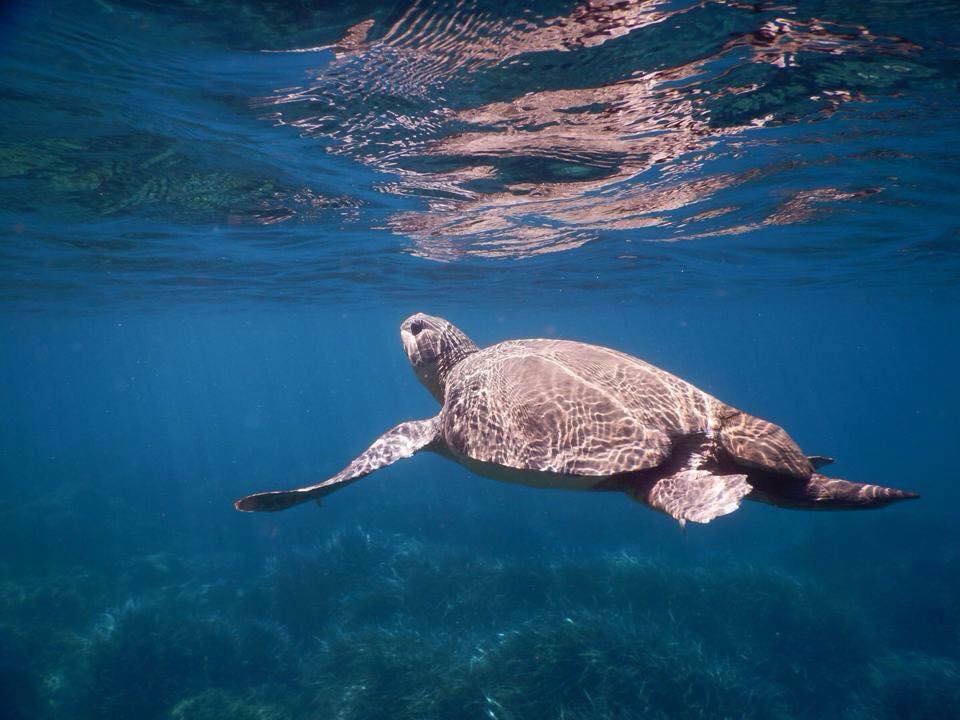What Can You Do to Save Sea Turtles?
- Become a conscious and responsible seafood consumer by asking where and how your seafood was caught. Choose seafood caught in ways that do not harm or kill turtles. Consult sustainable seafood information networks to learn about how and where your seafood is caught.
- Contact your local sea turtle stranding network if you see a sick or injured sea turtle.
- Support sea turtle conservation by getting involved. Support actions that help sea turtles.
What Can You Do to Protect Sea Turtle Habitat?
- Reduce marine debris that may entangle or be accidentally eaten by sea turtles.
- Participate in coastal clean-ups and reduce plastic use to keep our beaches and ocean clean. Trash in the ocean can harm sea turtles and other creatures that live there.
- Carry reusable water bottles and shopping bags. Refrain from releasing balloons, they’ll likely end up in the ocean where sea turtles can mistake them for prey and consume them.
- Keep nesting beaches dark and safe for sea turtles. Turn off, shield, or redirect lights visible from the beach. Lights disorient hatchling sea turtles and discourage nesting females from coming onto the beach to lay their eggs.
- Do not disturb nesting turtles, nests, or hatchlings. Attend organized sea turtle watches that know how to safely observe nesting sea turtles.
- Remove recreational beach equipment like chairs, umbrellas, boats at night so sea turtles are not turned away.
- Fill in holes and knock down sandcastles before you leave the beach. They can become obstacles for nesting turtles or emerging hatchlings.
Sea Turtle Friendly Fishing and Boating Tips
- Go Slow: Sea Turtles Below! Sea turtles are commonly found in oceans, bays, sounds, and near shore waters. Remember, turtles have to come up to the surface for air, and they can be difficult to see. Boat strikes are a serious threat to sea turtles, so slow down and steer around them.
- To avoid injury:
- Watch for sea turtles in the water. Give them at least 50 yards of space. If you see them closer put your engine in neutral to avoid injury.
- Watch for schools of small fish or jellyfish, sea turtles could be nearby.
- Wear polarized sunglasses to help you better see animals in the water.
- Retrieve your mooring system (anchor and ball) before returning to port.
- Never abandon fishing gear. Hooks, lines, or nets left in the water can entangle and kill sea turtles.
- Use barbless circle hooks.
- Recycle fishing line and discard your trash on shore in trash receptacles.
- Change fishing location if sea turtles are in the area and show interest in your bait or catch. Don’t cast your line if a sea turtle is in the area.
- Don’t discard bait or fish remains into the water—sea turtles may associate the area with food and be at risk of capture or entanglement in hook and line gear.
- Never feed or attempt to feed sea turtles—it is harmful and illegal!

